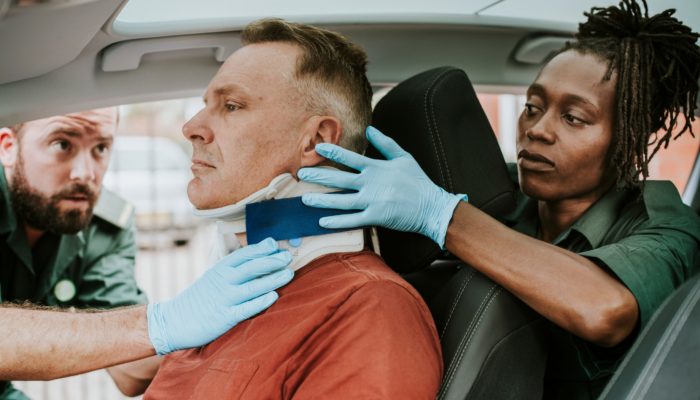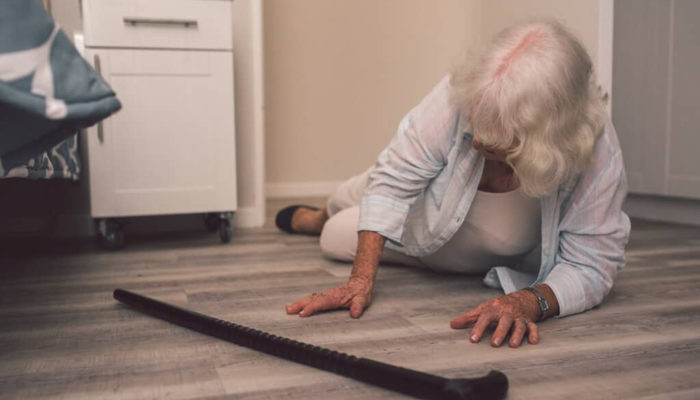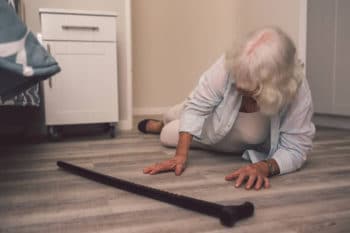 If the accident wasn’t your fault, having an official police report will help you hold the other driver accountable for damages and repair costs. Don’t try to work out reparations with the other driver on your own, even if the other driver doesn’t want to involve the police or insurance companies. When a car accident leads to serious injuries for drivers and passengers, and the damage to the vehicles involved, the memory of that incident can linger for years if not decades. When another party caused the accident you were involved in, there may come a time when you need to focus on proving liability.
If the accident wasn’t your fault, having an official police report will help you hold the other driver accountable for damages and repair costs. Don’t try to work out reparations with the other driver on your own, even if the other driver doesn’t want to involve the police or insurance companies. When a car accident leads to serious injuries for drivers and passengers, and the damage to the vehicles involved, the memory of that incident can linger for years if not decades. When another party caused the accident you were involved in, there may come a time when you need to focus on proving liability.
Proving Liability After a Car Accident
You may have to be involved in a personal injury lawsuit and prove the following…
- The driver had a duty to exercise reasonable caution on the road.
- The driver was negligent and did not fulfill that duty to exercise reasonable care when driving.
- The driver’s negligence was the cause of the wreck.
Many may think this is a simple concept, but in some cases, the facts may not be as clear as we would like. Those immediate facts gathered after the accident are crucial.
Gathering the Facts
A police officer’s detailed impressions and the information from those involved and by a few witnesses can be one of the most important pieces of information that lead to the car accident. Also if there are any photographs of the accident scene that would be significant. Medical records can also be vastly important. Proving liability in the personal injury lawsuit based on the car accident information is the same as all legal cases… evidence.
What Does No-Fault Mean?
In Kentucky a no-fault state, each driver turns to their auto insurance for coverage for medical expenses no matter who caused the crash The guiding principle of no-fault law is that all drivers are required by law to insure themselves against potential injuries and damages caused by an auto accident. As a result, if you have been injured in an auto accident in a no-fault state, your first and legally preferred source of recovery is your own insurance company.
When Can You File Suit?
Only if certain statutorily specified conditions are met, may you file suit against another party in an attempt to recover damages. No-fault states have instituted an economic threshold for bringing suit. They cap the amount of money your insurance company is obligated to pay, and if your economic damages exceed (or most likely will exceed) the cap, you may file suit to recover from another party. Economic thresholds are far easier to analyze and estimate than physical injury thresholds. While no-fault laws are restrictive, they do serve a purpose. If you sustain minor injuries or simply total your vehicle with no injury at all, you are covered by your own insurance. An insurance claim is usually far less adversarial than a lawsuit. You can only step outside the no-fault system — and file a liability claim or lawsuit against the at-fault driver — if your accident resulted in “serious injuries.”
Contact us (859-341-2500) for a Free Consultation!
—
 About Grubbs & Landry
About Grubbs & Landry
At Grubbs & Landry, PLLC, we are dedicated to personal and friendly service. We manage our practice in an ethical, cost-effective manner to best help our clients resolve their legal issues with the least expense possible. We pride ourselves in advocating for our client in divorce, child custody, and child support matters as well as other family law matters. We are active in prosecuting personal injury cases-recovering for the injuries our clients sustain due to the negligence of others. Additionally, we help our clients prepare for the future through the preparation of Wills, Power of Attorney and Living Will.
>> Learn More



 You entrusted the health, safety, and well-being of your loved one to a nursing home; then you got a phone call saying that they fell and broke a hip. The nursing home rushed your loved one to the hospital by ambulance. They needed surgery to repair the fracture. Your loved one had to undergo a long and painful recuperation. One of the primary methods for preventing falls is to determine who is a risk for falling. Elderly nursing home residents can suffer considerable injuries if they fall. For this reason, fall prevention must always remain a priority at these facilities.
You entrusted the health, safety, and well-being of your loved one to a nursing home; then you got a phone call saying that they fell and broke a hip. The nursing home rushed your loved one to the hospital by ambulance. They needed surgery to repair the fracture. Your loved one had to undergo a long and painful recuperation. One of the primary methods for preventing falls is to determine who is a risk for falling. Elderly nursing home residents can suffer considerable injuries if they fall. For this reason, fall prevention must always remain a priority at these facilities.